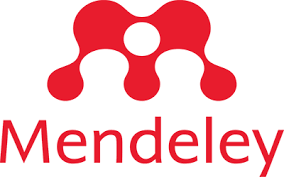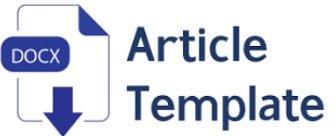ANALISIS PERKEMBANGAN BAHASA ANAK USIA 4 – 5 TAHUN DI PAUD SETIA BUDI DESA BATA LUAR
DOI:
https://doi.org/10.46368/.v1i1.469Abstract
References
Rusniah. (2015). Meningkatkan Perkembangan Bahasa Indonesia Anak Usia Dini Melalui Penggunaan Metode Bercerita Pada Kelompok A Di Tk Malahayati Neuhn Tahun Pelajaran 2015/2016. Jurnal Edukasi. (online). Diakses pada tanggal 5 febuari 2020
Sugiyono. (2017). Metode Penelitian Pendidikan Kuanlitatif, Kualitatif dan R&D. Bandung: Alfabeta.
-----------. (2012). Metode Penelitian Pendidikan Kuanlitatif, Kualitatif dan R&D. Bandung: Alfabeta
-----------. (2015). Metode Penelitian Kombinasi (Mix Methods). Bandung: Alfabeta
Hadari N. (2015).Prosedur Metode Deskriftif.
Jakarta: Kencana.
Hartini.(2009). Srategi Pengembangan Bahasa Anak Usia Dini. Jakarta: Kencana.
Hurlock (2008).Metode pengembangan Bahasa.
Jakarta: Universitas Terbuka Bogdan.(2012).Metodologi Kualitatif Sebagai
Proses Penelitian Yang Menghasilkan Data Deskriptif. Jakarta: Universitas Terbuka
Wildan. (2015). Deskripsi Tentang Perencanaan Pembelajaran Berbasis Perkembangan Anak Usia Dini Di Kecamatan Pagelaran Kabupaten Pringsewu. Jurnal Edukasi.Universitas Negri Lampung.
Ramadhani, D dan Simatupang, N. D. (2014). “Pengaruh Metode Bercerita Dengan Media Boneka Tangan Terhadap Kemampuan Berbicara Anak Usia Dini Di TK Al Ikhlas Surabayaâ€. Jurnal Edukasi. (online). Diakses pada tanggal 15 febuari 2020
Downloads
Published
How to Cite
Issue
Section
Citation Check
License
Authors who publish with this journal agree to the following terms:
1.A Authors retain copyright and grant the journal right of first publication with the work simultaneously licensed under a Creative Commons Attribution License that allows others to share the work with an acknowledgement of the work's authorship and initial publication in this journal.
2.A Authors are able to enter into separate, additional contractual arrangements for the non-exclusive distribution of the journal's published version of the work (e.g., post it to an institutional repository or publish it in a book), with an acknowledgement of its initial publication in this journal.
3.A Authors are permitted and encouraged to post their work online (e.g., in institutional repositories or on their website) prior to and during the submission process, as it can lead to productive exchanges, as well as earlier and greater citation of published work.




